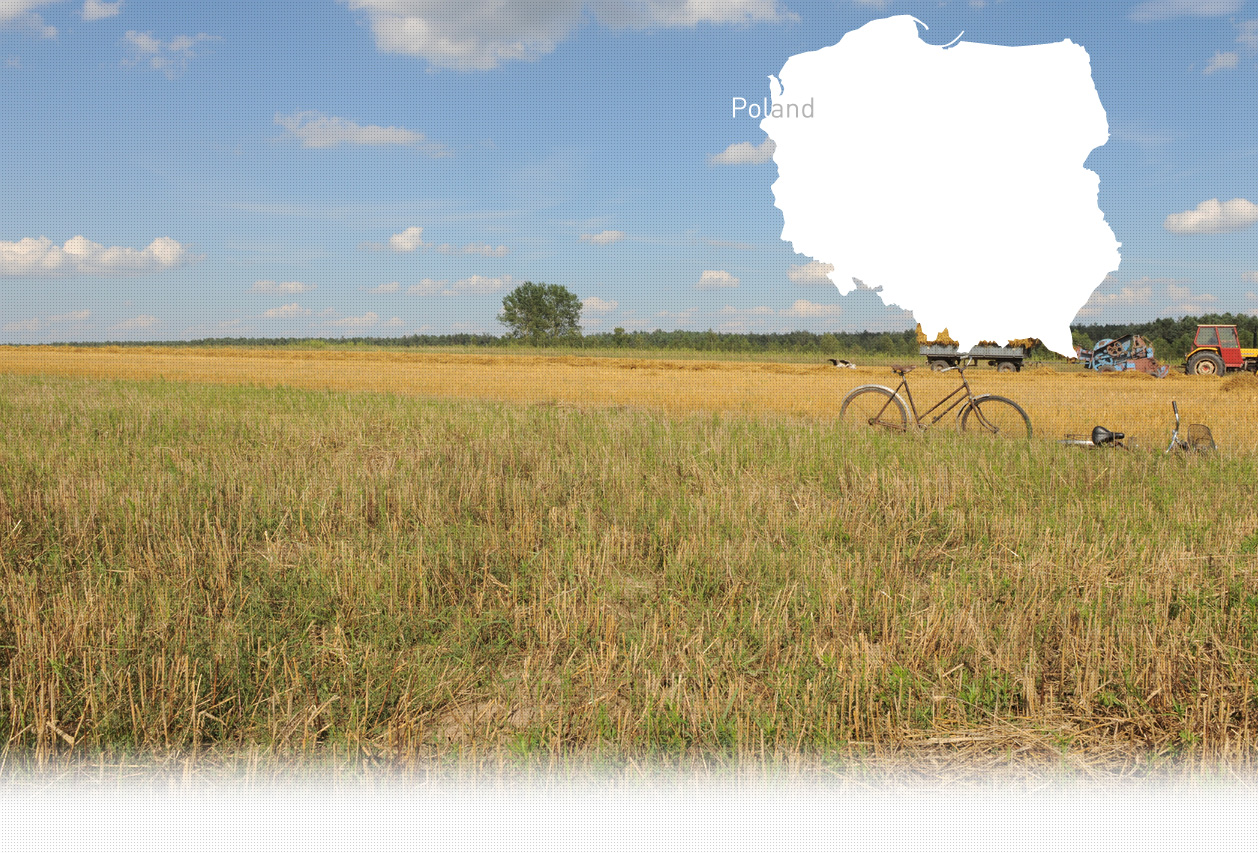

3 Killing site(s)
Józef G., born in 1925: “A few Jewish families lived in Stare Króle before the war. Their homes were burned down during the fighting in September 1939. After that, the Jews were required to move to the Tarnogród ghetto. No one came to collect them—they made their way there on their own. Later, in the summer of 1942, local villagers with carts were requisitioned to help transport Jews from the Tarnogród ghetto to Biłgoraj. The children were loaded onto the carts, while the others had to walk. Those who couldn’t keep up were beaten and killed. Somewhere between Markowicze and Majdan, we could hear gunfire. At the end of the day, at nightfall, we were ordered to go and bury the murdered Jews. I remember one woman, in her thirties, who had been beaten and thrown over the bridge. She was lying in the river, still breathing. I felt terrible seeing her like that, but the others took her and threw her into the pit. In another location, maybe four Jews were buried in a ditch near the road. Then in a third place, there was a larger pit—around thirty Jews were brought there and buried.” [Testimony N°YIU715P, interviewed in Stare Króle, on August 11, 2017]
Stare Króle is a village in the administrative district of Gmina Księżpol, within Biłgoraj County, in eastern Poland. It is located approximately 3 km (2 miles) northeast of Księżpol, 13 km (8 miles) south of Biłgoraj, and 92 km (57 miles) south of the regional capital, Lublin.
According to the resident register of Gmina Księżpol, three Jewish families lived in Stare Króle before the outbreak of the Second World War.
Stare Króle was occupied by German forces in mid-September 1939. According to a local witness, the few Jewish families living in the village at that time lost their homes in a fire during the fighting in September. After some time, they relocated to the ghetto in Tarnogród, which was established in early 1942.
On August 8, 1942, approximately 800 Jews from the Tarnogród ghetto were deported on foot to Biłgoraj, about 20 kilometers to the north. The deportation was carried out under the supervision of the Tarnogród gendarmerie and policemen from the 1st and 2nd Platoons of the 3rd Company of the 67th Reserve Police Battalion, stationed in Biłgoraj. Women and children were transported in farm wagons requisitioned from surrounding villages, including Stare Króle. The column of deportees was escorted by policemen on bicycles.
According to a local witness, several Jews in the column were killed near the village of Stare Króle. At nightfall, the witness and other villagers were ordered to bury the bodies. The victims were interred in three separate mass graves along the road between Tarnogród and Biłgoraj. One wounded woman, who had been beaten by guards and thrown from a bridge into the river, was buried in a field nearby. The other victims were collected from various locations along the route. Two of the burial sites were ditches at the roadside—one holding four victims, and a larger one containing thirty bodies.
Upon reaching the outskirts of Biłgoraj, the Tarnogród deportees were joined by other Jews from nearby towns: approximately 400 from Szczebrzeszyn, 52 from Zwierzyniec, and 600–700 from Biłgoraj. This larger group, also escorted by policemen from the same battalion, continued on foot to the Zwierzyniec train station, 21 km away. There, the deportees were loaded onto trains and transported to the Bełżec extermination camp.
The three burial sites identified by Yahad, where Jews killed during the deportation march near Stare Króle were buried, remain unmarked to this day.
Do you have additional information regarding a village that you would like to share with Yahad ?
Please contact us at contact@yahadinunum.org
or by calling Yahad – In Unum at +33 (0) 1 53 20 13 17